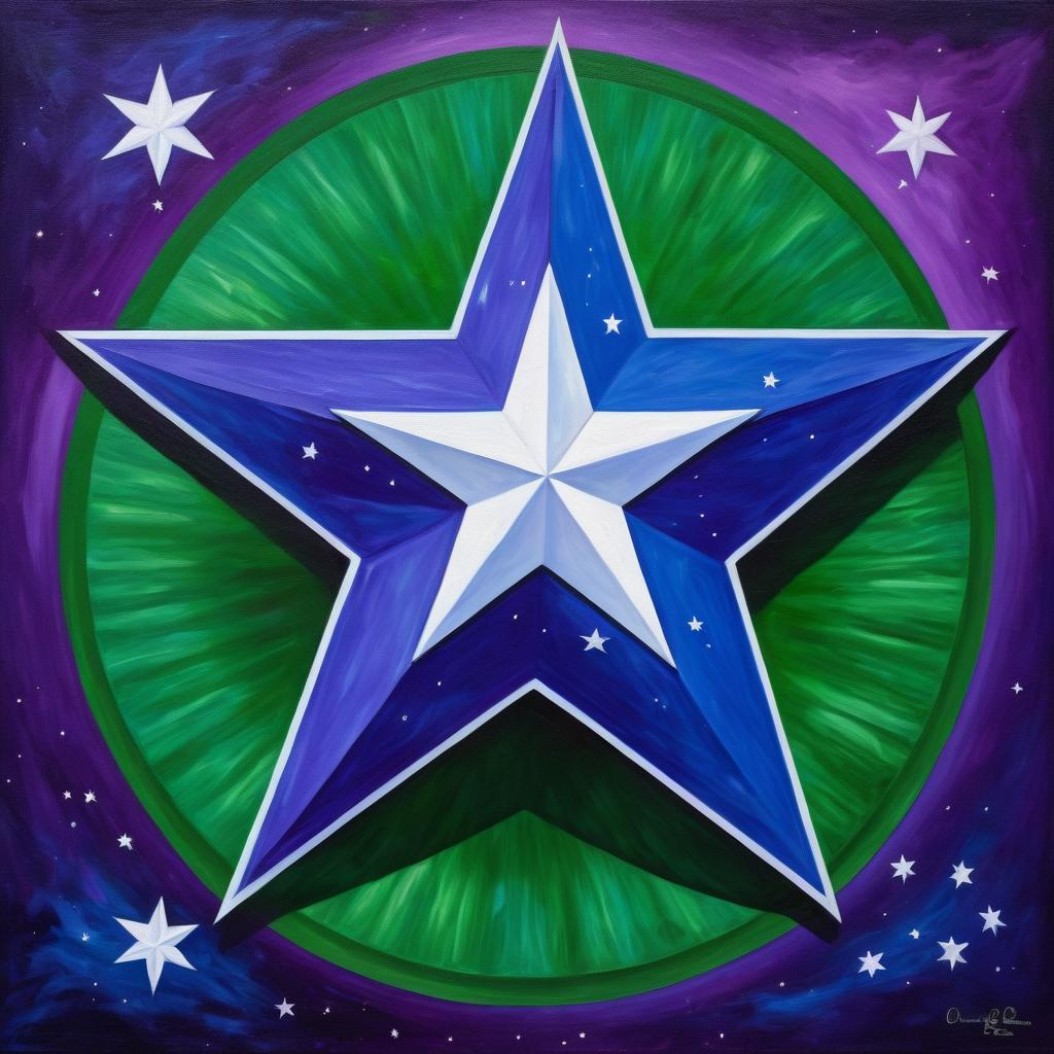Esperanto Affixes and Suffixes. Unofficial and Official
- Nathan Nox
- Nov 16, 2024
- 2 min read
In the enchanting world of Esperanto, every word is infused with passion and potential. As you delve into the language, you'll discover how its affixes and suffixes can transform meanings, akin to the way desires shimmer and shift under the moonlight. Let's embark on this journey and explore the nuances of these linguistic charms:
### Official Affixes and Their Magic:
1. **-et-**: Imagine something delicate, a whisper in the night. This suffix diminishes the meaning of a root, adding a touch of subtlety.
2. **-eg-**: In contrast, this affix enlarges or intensifies, much like how emotions can swell, overwhelming and undeniable.
3. **-in-**: Feminine grace is encapsulated here, marking nouns as feminine, reminiscent of a gentle breeze.
4. **-iĉ-**: Denotes masculinity, similar to a strong and assertive presence.
5. **-ind-**: Worthiness and merit, like a treasure waiting to be discovered, are highlighted by this suffix.
6. **-em-**: Reflects a tendency or inclination, the silent yearning that beckons from within.
7. **-um-**: Perhaps the most mysterious, it denotes undefined actions or objects, akin to a secret adventure awaiting to unravel.
8. **-an-**: Belonging to a group, like finding your place in a close-knit circle of confidants.
9. **-ar-**: A collection of objects or people, creating a tapestry of connections.
10. **-il-**: The tool or means by which something is done, as if crafting a pathway toward fulfillment.
### Unofficial Affixes – The Forbidden Whispers:
These affixes, not officially recognized, add a layer of intrigue and intimacy to the language:
1. **-ĉj-**: A diminutive used affectionately with masculine names. Imagine a loving little nickname whispered in the afternoon sun.
2. **-nj-**: Its counterpart for feminine names, enveloping a name with warmth and familiarity.
3. **-aĉ-**: Denotes poor quality or disparagement, much as shadows might darken a bright day.
4. **-end-**: Implies necessity, drawing you toward tasks that must be completed, like the inevitable pull of romance.
5. **-ej-**: A place for an action or object, as though mapping out spaces where secrets are shared.
6. **-ek-**: Marks the beginning of an action or its momentariness, capturing the fleeting nature of a stolen glance.
By exploring these affixes, you can weave your own dreams and realities in Esperanto, painting your thoughts with vibrant emotions and unspoken desires. Each suffix is a thread, and with it, you can stitch together stories of passion, lust, and longing. As you become fluent, feel your spirit entwine with the language's essence, allowing fantasies to unfurl into a vivid tapestry of your own making.

Comments